35 Native Pollinator Plants in Minnesota
Minnesota's diverse ecosystems are home to a remarkable array of native wildflowers, crucial contributors to the state's flourishing biodiversity. In this exploration of Minnesota's native wildflowers, we have listed out 35 different plants that will give a burst of color to your landscape while supplying an important source of habitat food for bees, butterfly’s and other pollinators that traverse the state's landscapes, ensuring the continued vitality of its rich natural tapestry. Ask KG how we can
design your landscaping
.
BLUE:
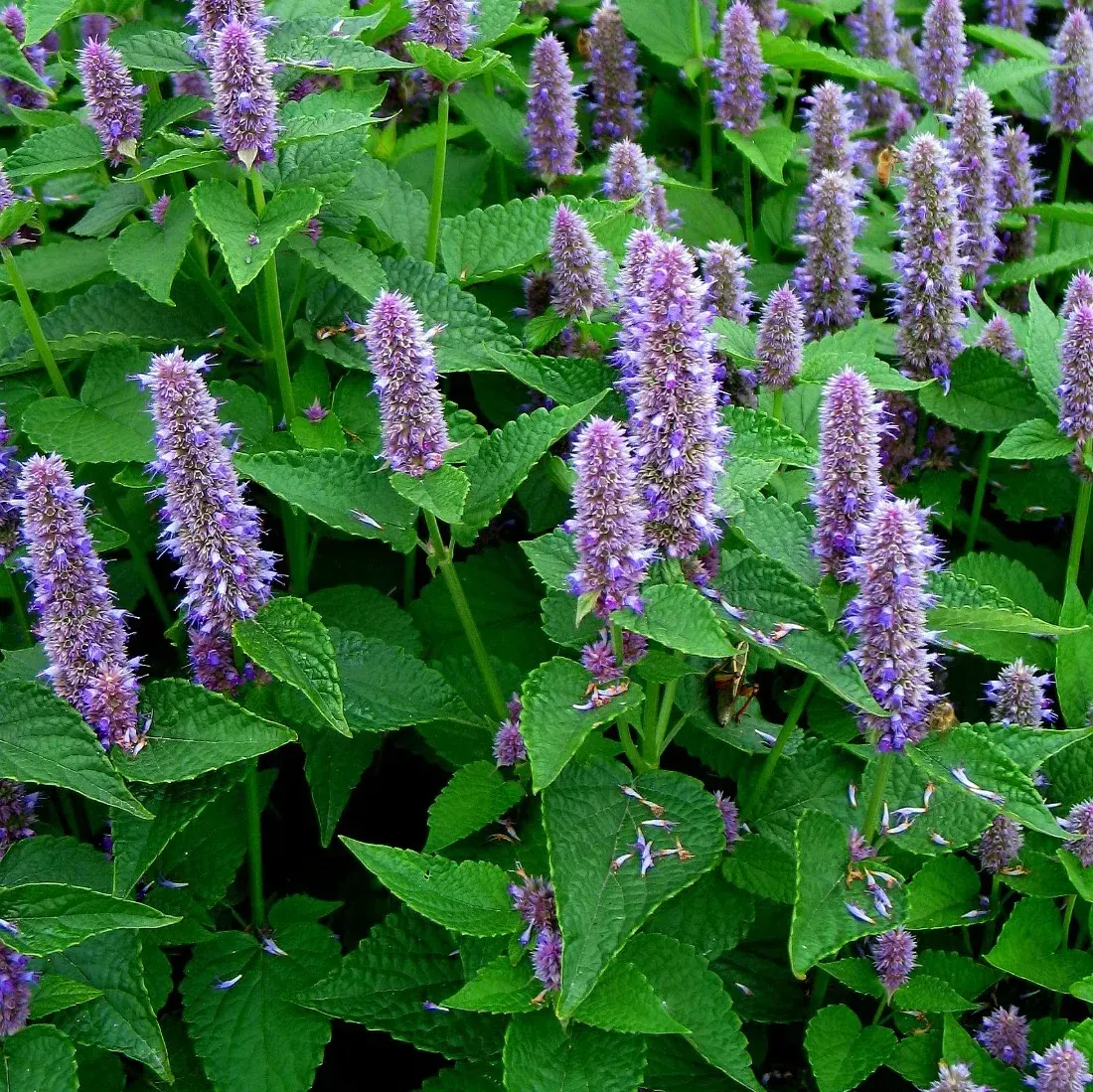
Anise Hyssop ( Agastache Foeniculum)
- Blooms : Summer
- Size : up to 4 feet tall
- Light Requirement : Sun, part shade, shade
- Soil Types : Sandy, well-drained soil
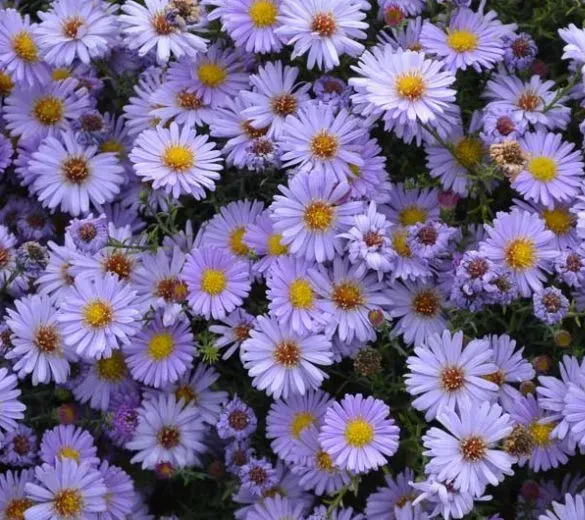
Smooth Aster (Aster laevus)
- Blooms : Summer into Fall
- Size : Up to 4 feet tall
- Light Requirement : Sun
- Soil Types : Well drained, loamy soil
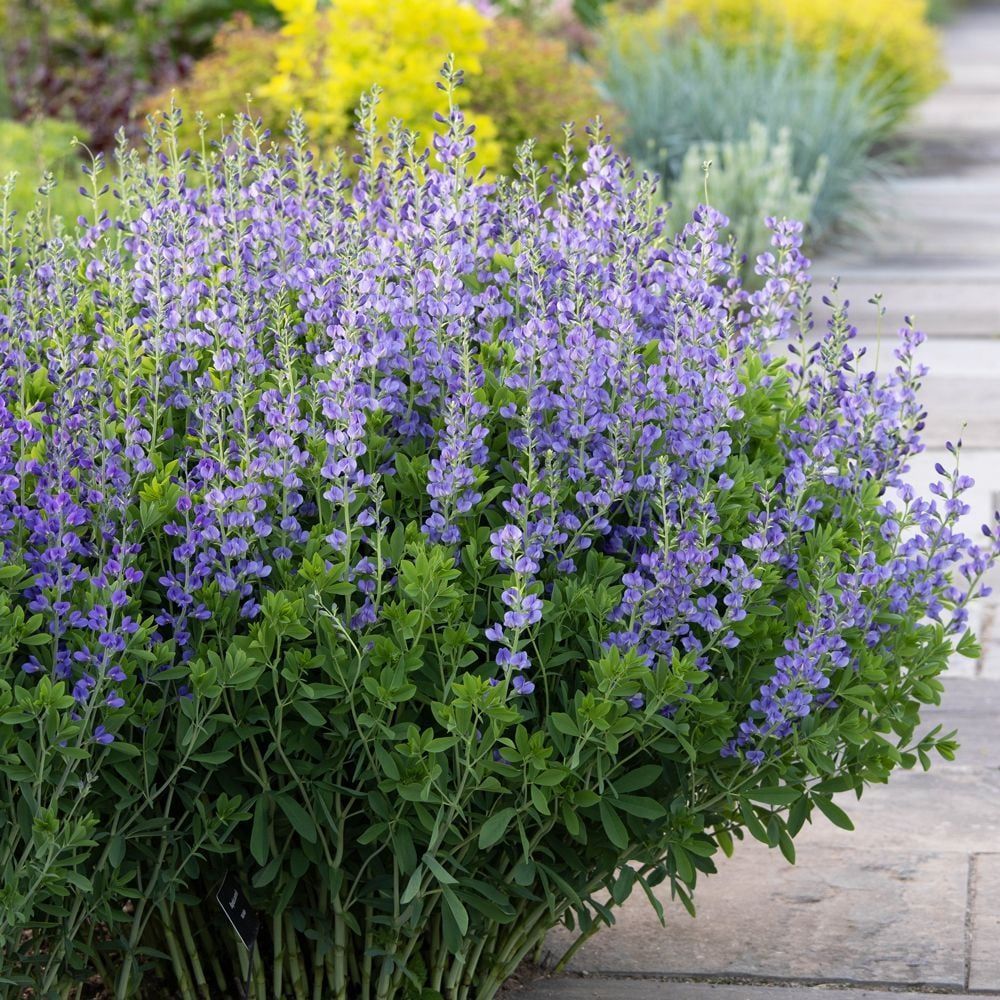
Blue False Indigo (Baptisia Australis)
- Blooms : Spring into Summer
- Size : 3-5 feet tall
- Light Requirement : Sun
- Soil Types : Moist, well drained, or clays. Tolerates lime
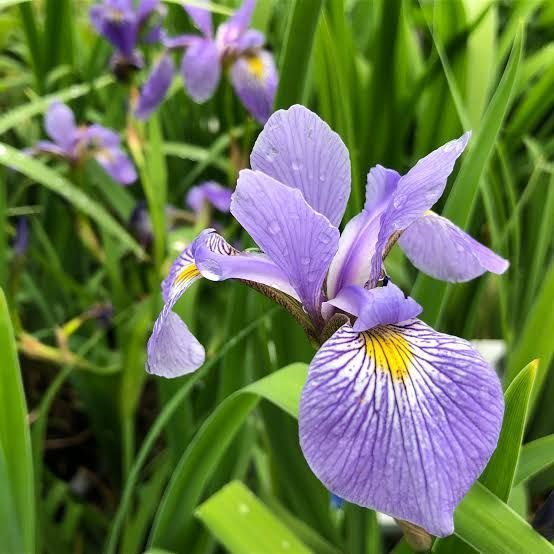
Northern Blue Flag (Iris versicolor)
- Blooms : Spring into Summer
- Size : Up to 3 feet tall
- Light Requirement : Sun, Part Shade
- Soil Types : Moist, Wet
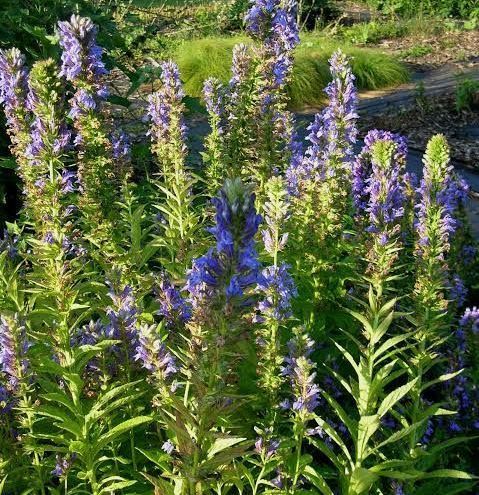
Blue Cardinal Flower (Lobelia siphilitica)
- Blooms : Summer into fall
- Size : Up to 5 feet tall
- Light Requirement : Sun, Part Shade, Shade
- Soil Types : Moist, Wet, Clay, Loam, or Sand
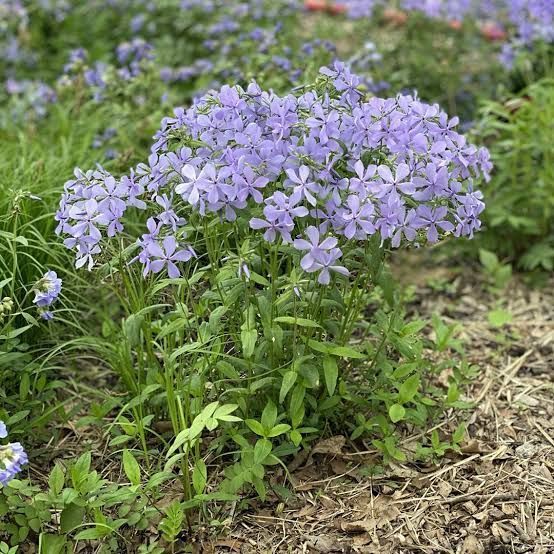
Wild Blue Phlox (Plox divaricate)
- Blooms : Spring
- Size : Up to 20 inches tall
- Light Requirement : Part Shade, Shade
- Soil Types : Moist, Sand, Loam, Clay
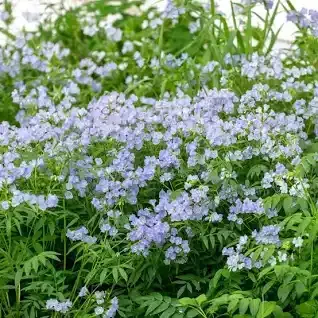
Jacob’s Ladder (Polemonium reptans)
- Blooms : Spring
- Size : Up to 20 inches tall
- Light Requirement : Shade
- Soil Types : Moist
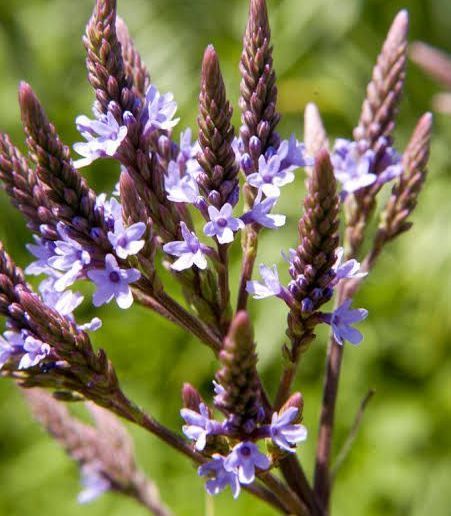
Blue vervain (Verbena hastata)
- Blooms : Summer into fall
- Size : Up to 6 feet tall
- Light Requirement : Sun, part shade, shade
- Soil Types : Moist soils
GREEN:
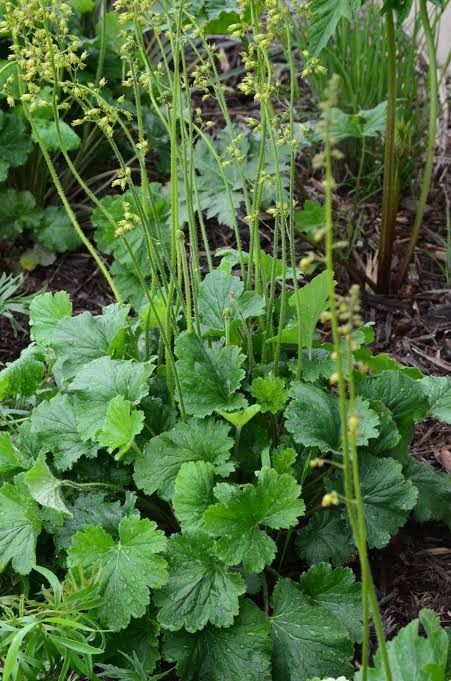
Prairie Alumroot (Heuchera richardsonii)
- Blooms : Spring into Summer
- Size : Up to 3 feet tall
- Light Requirement : Sun, Part Shade
- Soil Types : Dry, Sandy/gravelly soil
ORANGE:
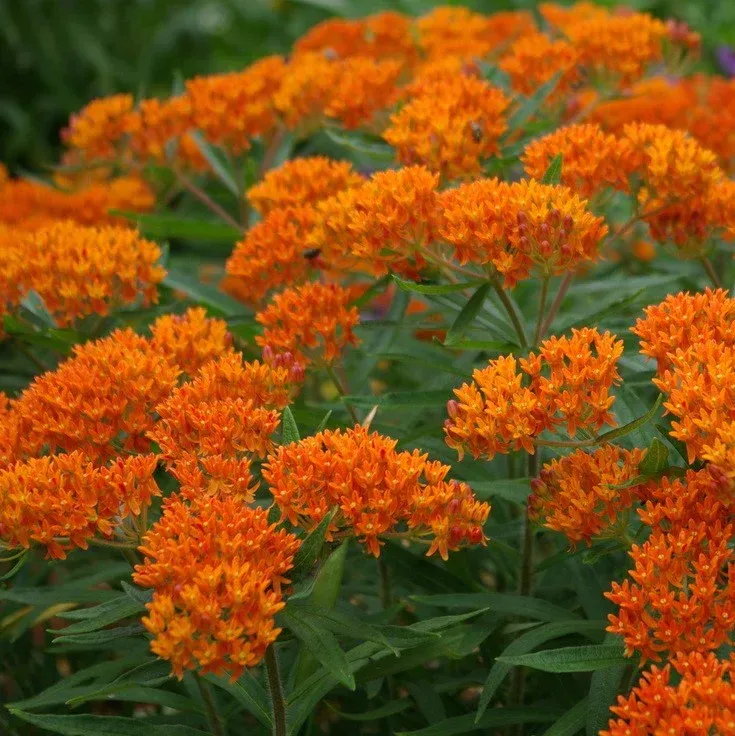
Butterly Weed (Asclepias tuerosa)
- Blooms : Spring thru summer into fall
- Size : 1-2 feet tall
- Light Requirement : Sun
- Soil Types : Prefers well drained, sandy soils
PINK:
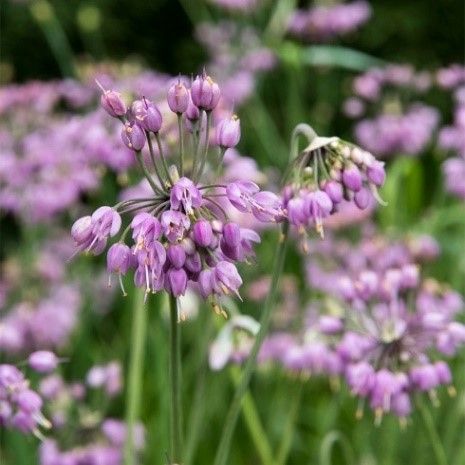
Nodding Onion (Allium cernuum)
- Blooms : Spring into fall
- Size : Up to 20 inches tall
- Light Requirement : Part Shade
- Soil Types : Moist Soil
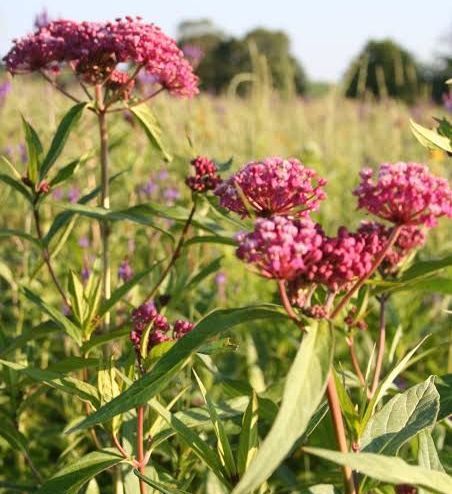
Swamp Milkweed (Asclepias incarnata)
- Blooms : Summer into fall
- Size : Up to 5 feet tall
- Light Requirement: Sun, Part Shade
- Soil Types : Moist
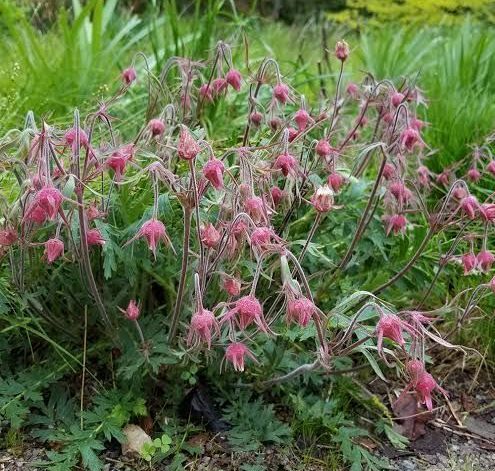
Prairie Smoke (Geum triflorum)
- Blooms : Spring
- Size : Up to 18 inches tall
- Light Requirement : : Sun, Part Shade, Shade
- Soil Types : Dry to moist
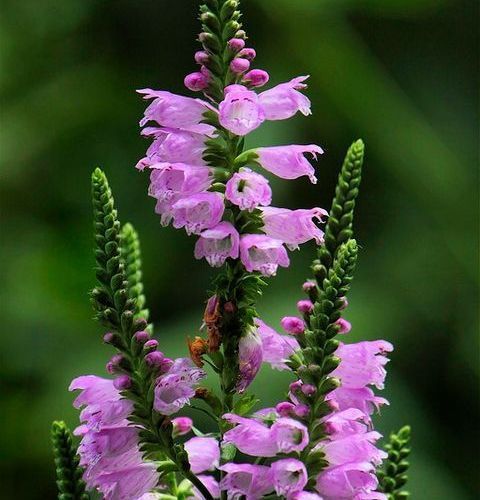
Obedient Plant (Physostegia virginiana)
- Blooms : Fall
- Size : Up to 5 feet tall
- Light Requirement : Sun, Part Shade, Shade
- Soil Types : Moist, humus-rich soil
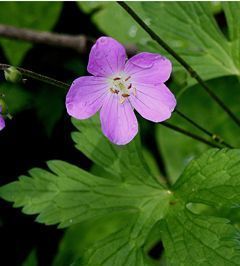
Wild Geranium (Gernium maculatum)
- Blooms : Fall
- Size : Up to 6 feet tall
- Light Requirement : Part Shade
- Soil Types : Moist soils
PURPLE:
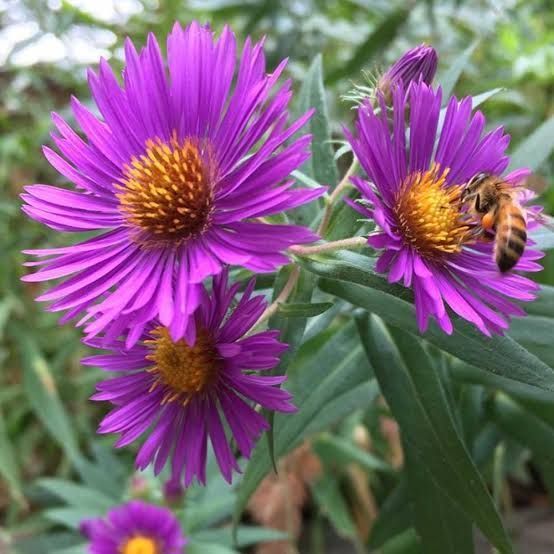
Michaelmas Daisy (Aster novae-angliae)
- Blooms : Fall
- Size : Up to 6 feet tall
- Light Requirement : Part Shade
- Soil Types : Moist soils
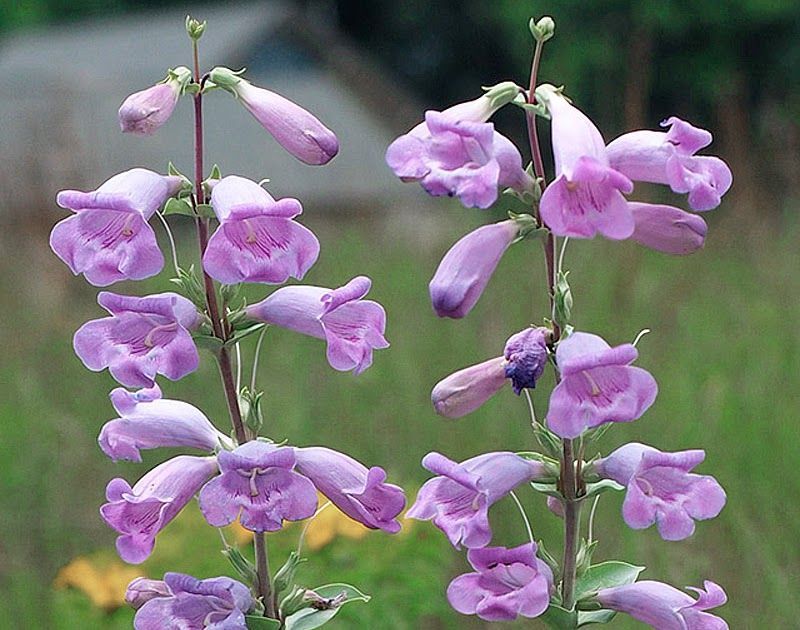
Large Beardtongue (Penstemon grandifloras)
- Blooms : Summer
- Size : 20” – 36” Tall
- Light Requirement : Sun
- Soil Types : Sand Soils/lime to chalky soils
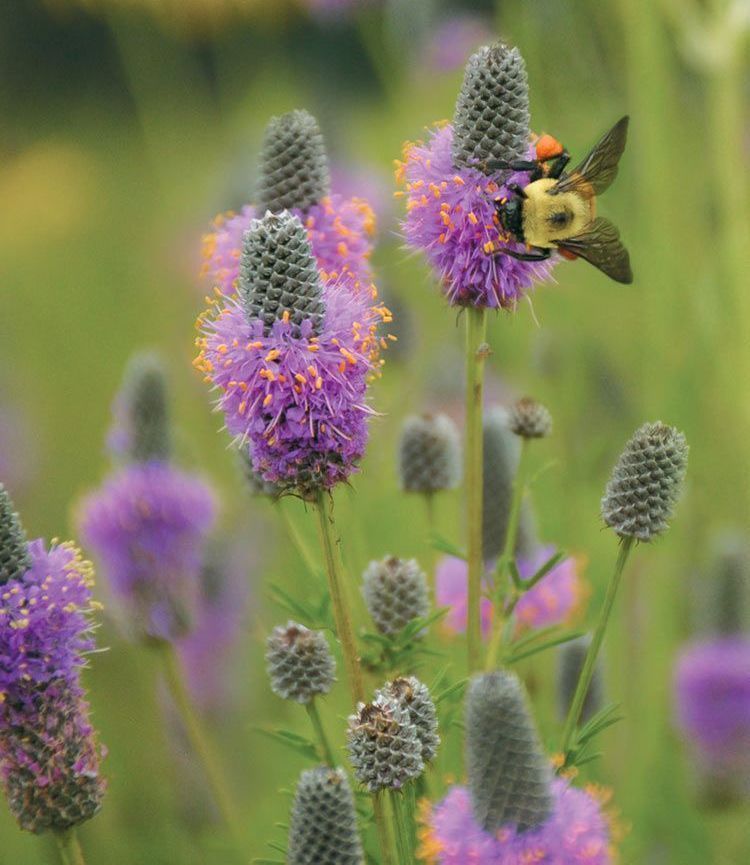
Purple Prairie Clover (Dalea purpurea)
- Blooms : Summer
- Size : Up to 2 feet tall
- Light Requirement : Sun
- Soil Types : Dry
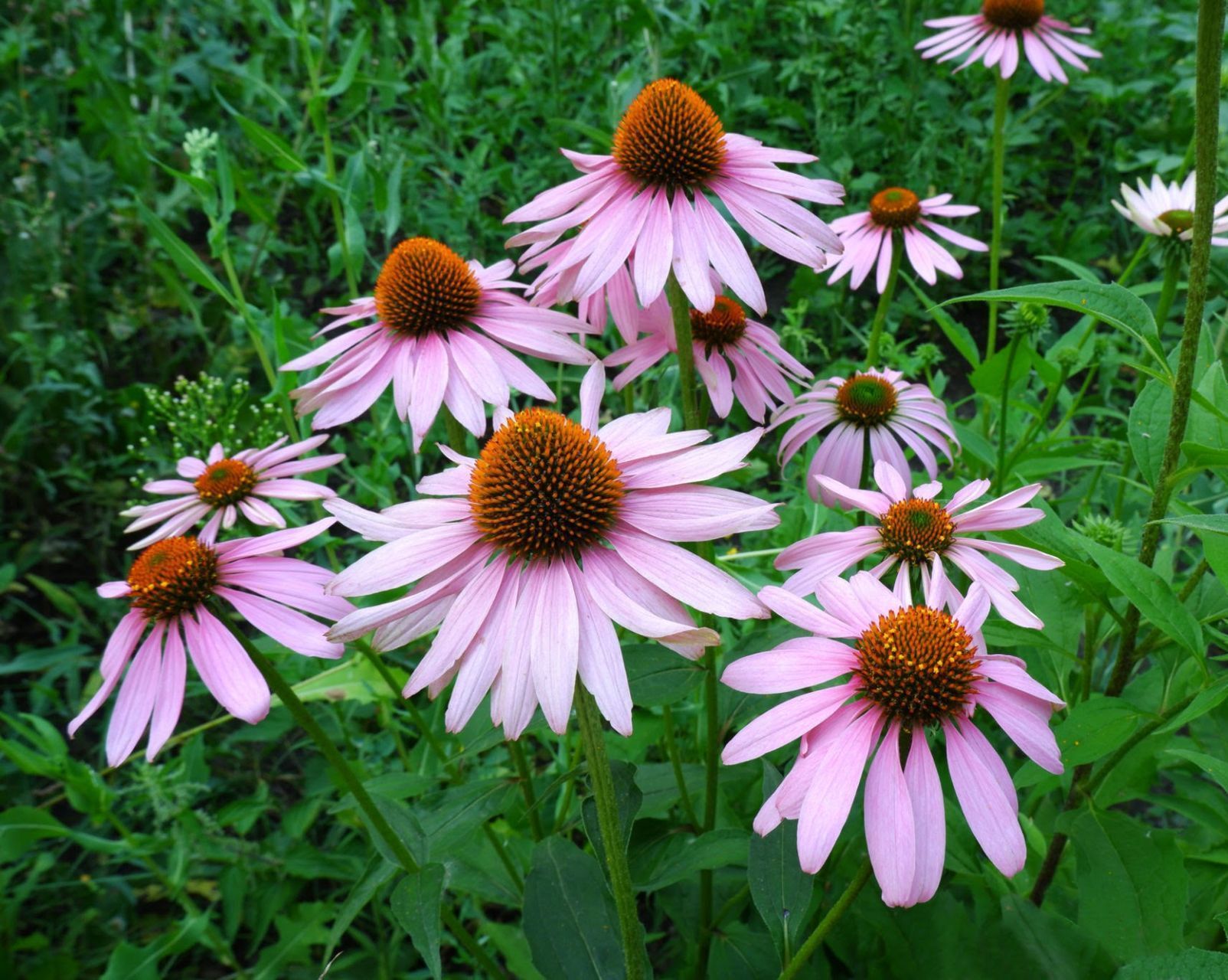
Purple Coneflower (Echinacea purpurea)
- Blooms : Spring into fall
- Size : Up to 4 feet tall
- Light Requirement : : Sun, Part shade
- Soil Types : Well-drained, sandy or richer soils
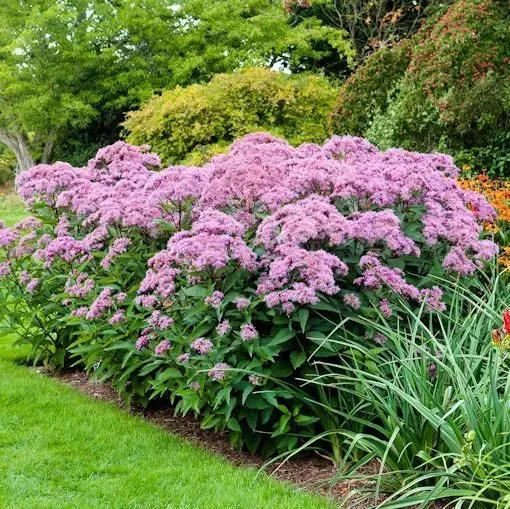
Spotted Joe-Pye Weed (Eupatorium maculatum)
- Blooms : Fall
- Size : Up to 6 feet tall
- Light Requirement : Sun, Part Shade
- Soil Types : Moist, Wet
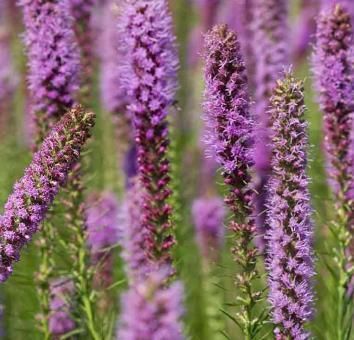
Prairie Blazing Star (Monarda fistulosa)
- Blooms : Spring thru Fall
- Size : Up to 5 feet tall
- Light Requirement : Sun, Part Shade
- Soil Types : Dry to moist
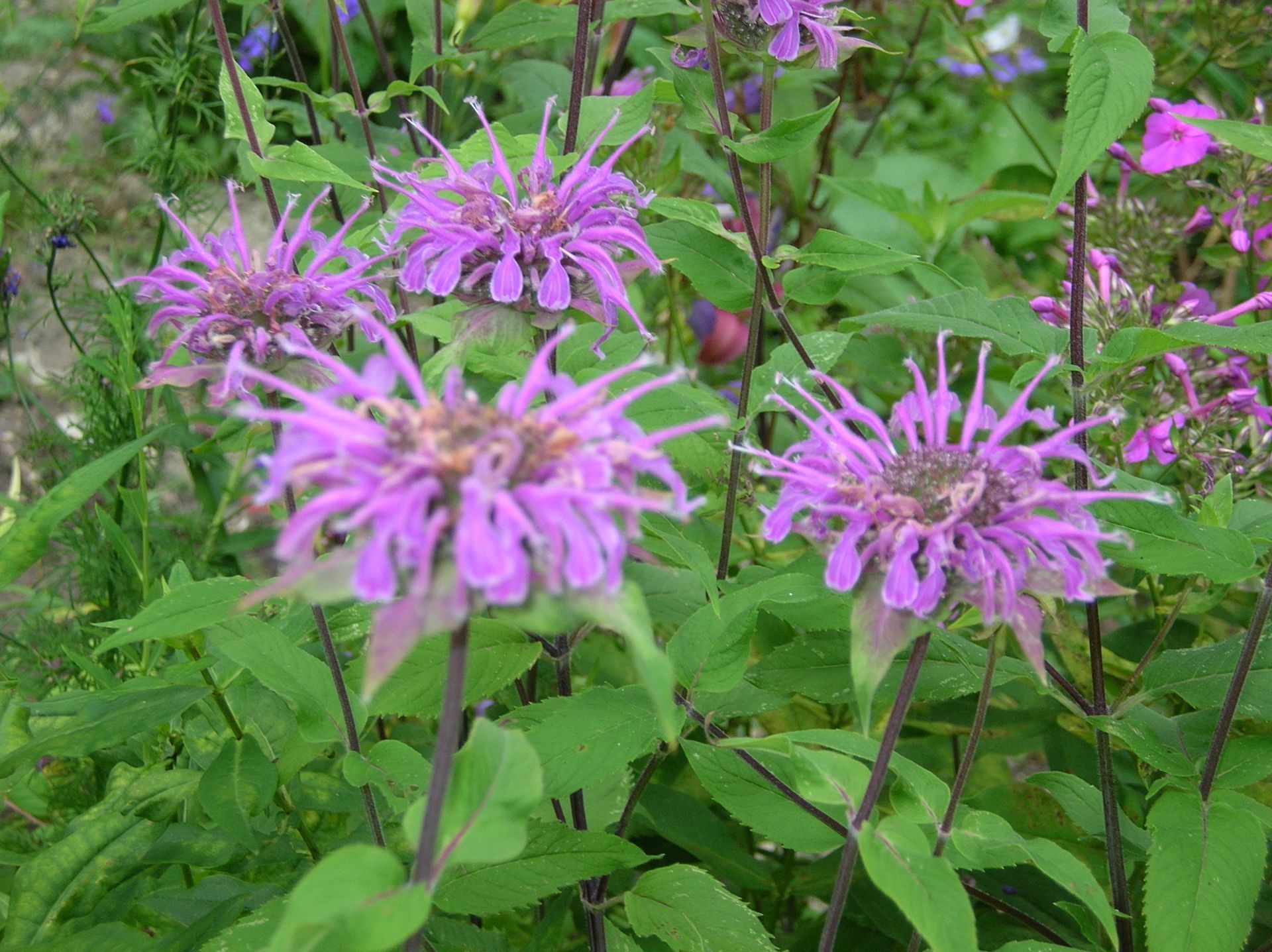
Wild Bergamot (Monarda fistulosa)
- Blooms : Spring thru Fall
- Size : Up to 5 feet tall
- Light Requirement : Sun, Party Shade
- Soil Types : Dry to moist
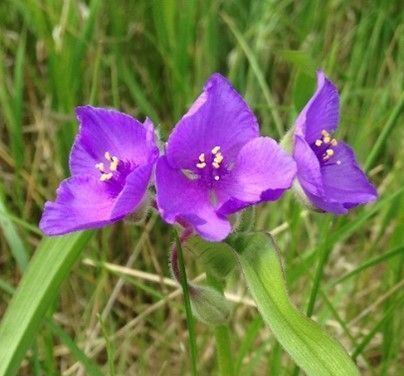
Bracted Spiderwort (Tradescantia braceata)
- Blooms : : Spring into summer
- Size : Up to 18 inches tall
- Light Requirement : Part Shade
- Soil Types : Moist to dry soils
RED:
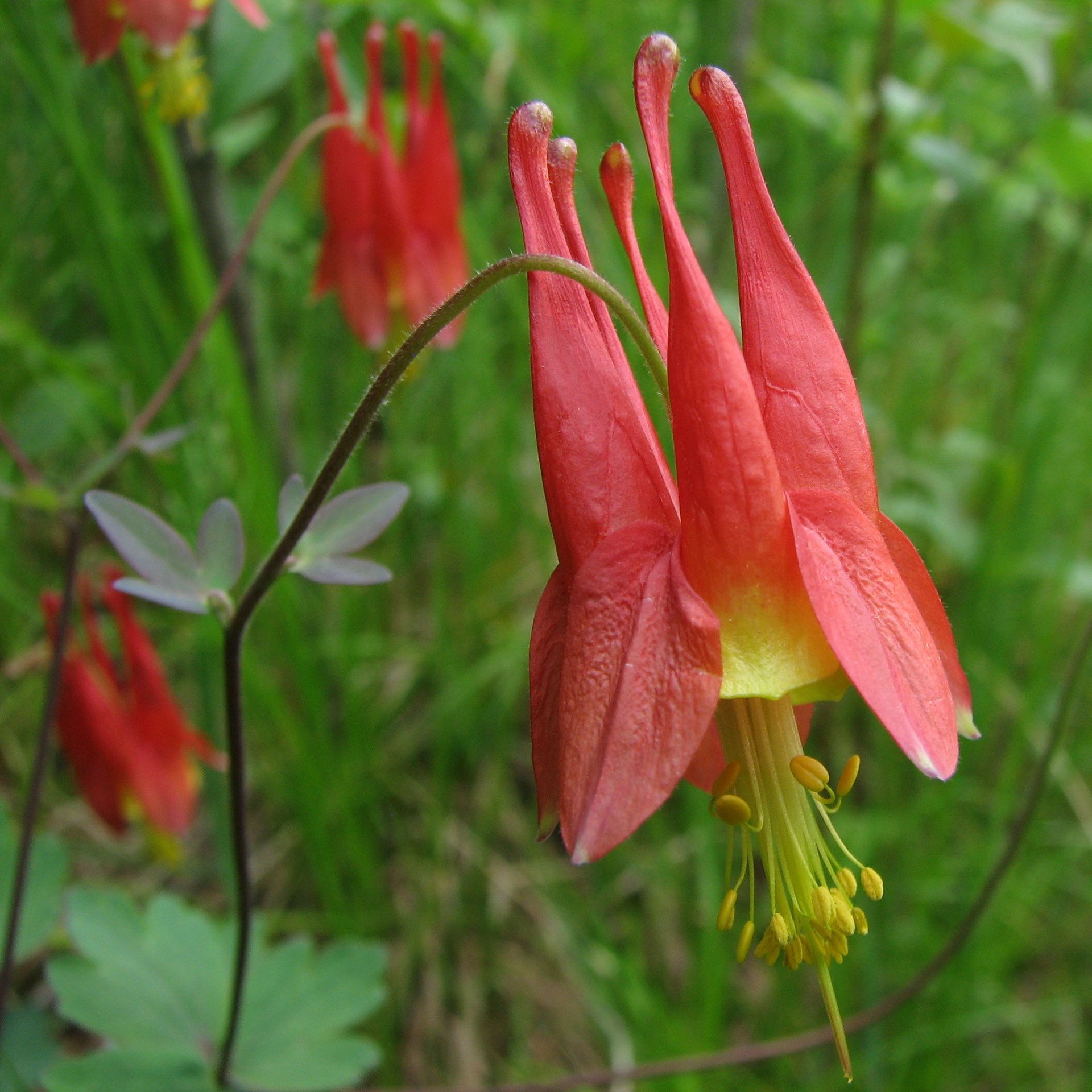
Red Columbine (Aquilegia Canadensis)
- Blooms : Spring into Summer
- Size : Up to 3 feet tall
- Light Requirement : Part Shade, Shade
- Soil Types : Dry to moist
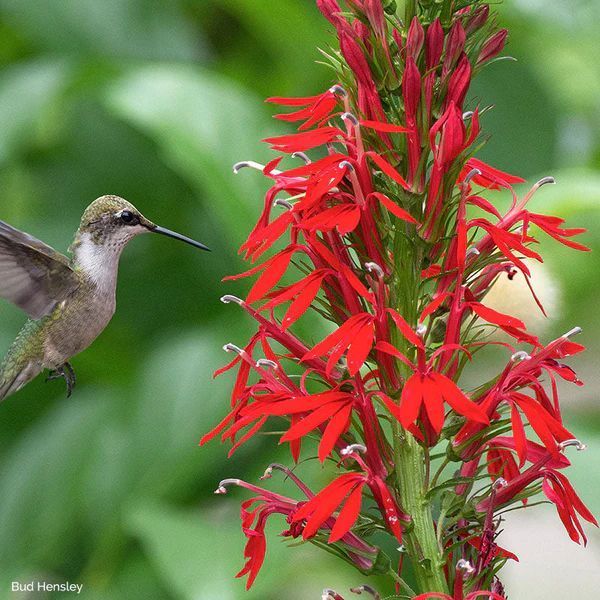
Cardinal Flower (Lobelia cardinalis)
- Blooms : Spring to fall
- Size : Up to 6 feet tall
- Light Requirement : Sun, Part Shade, Shade
- Soil Types : Moist, wet
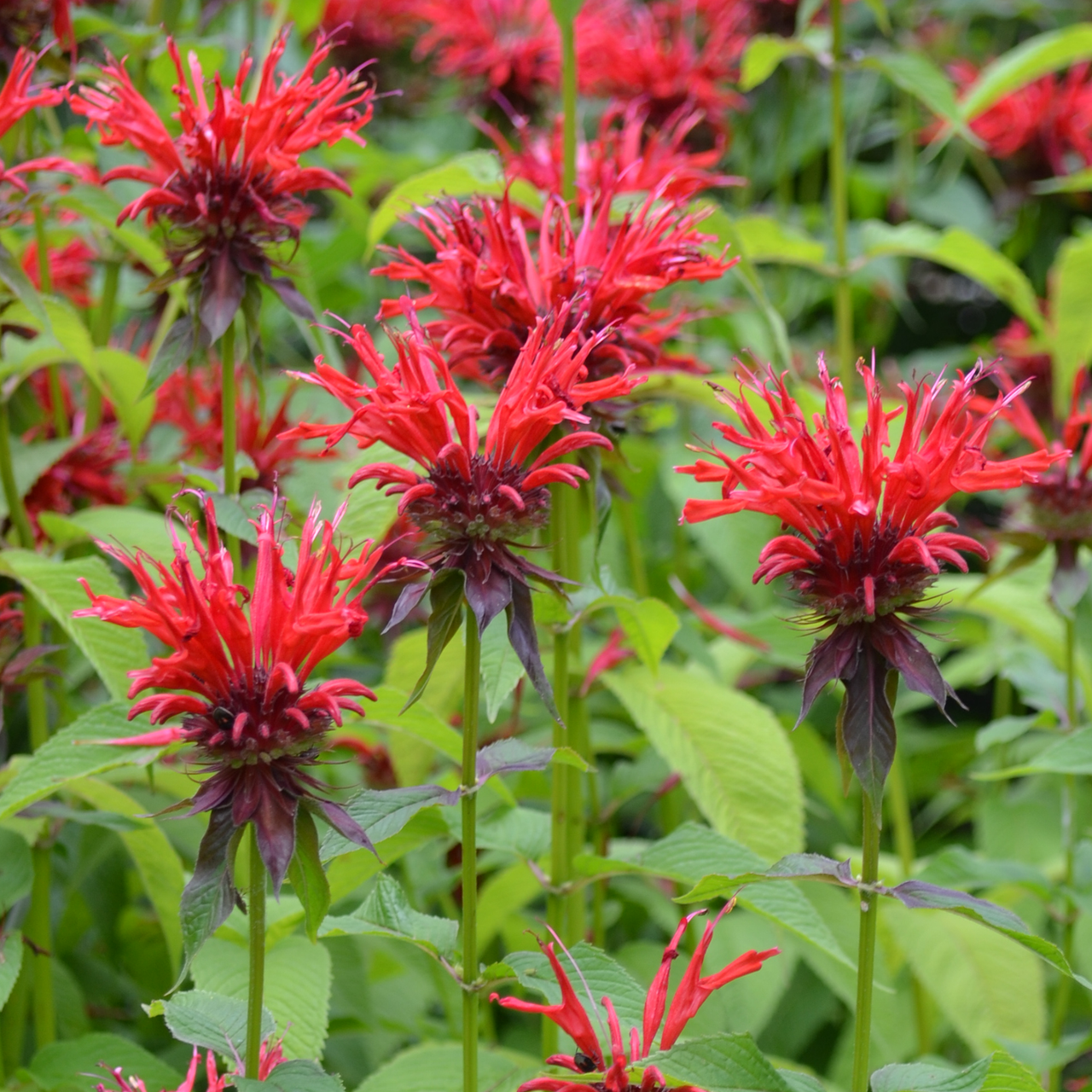
Scarlet Bee Balm (Monarda didyma)
- Blooms : Summer to fall
- Size : 2-4 feet tall
- Light Requirement : Sun, Part Shade
- Soil Types : Moist, wet
WHITE:
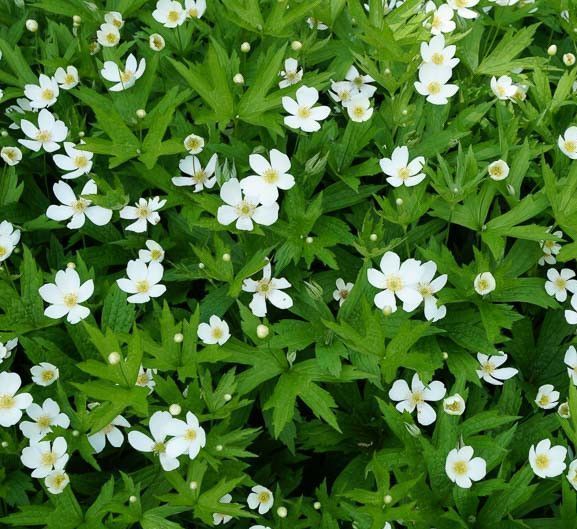
Canada Anemone (Anemone canadensis)
- Blooms : Spring thru Summer
- Size : Up to 30 inches tall
- Light Requirement : Part Shade, Shade
- Soil Types : Moist, sandy soils
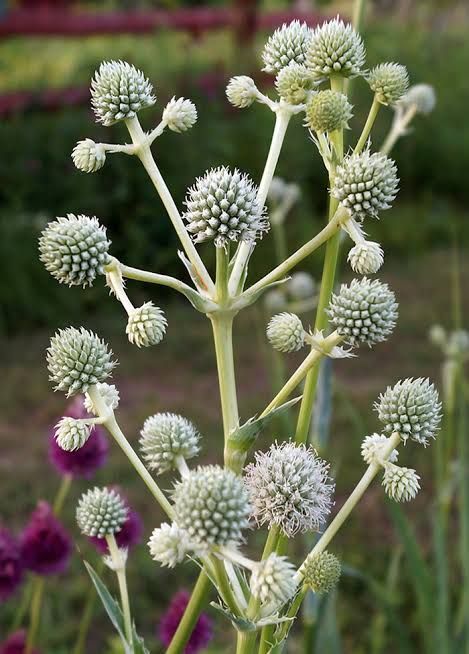
Rattlesnake Master (Eryngium yuccifolium)
- Blooms : Spring into Summer
- Size : Up to 6 feet tall
- Light Requirement : Sun
- Soil Types : Well-drained soils
YELLOW:

Lanceleaf Coreopsis (Coreopsis lanceolata)
- Blooms : Spring thru Summer
- Size : Up to 2 feet tall
- Light Requirement : Sun, Part Shade, Shade
- Soil Types : Dry
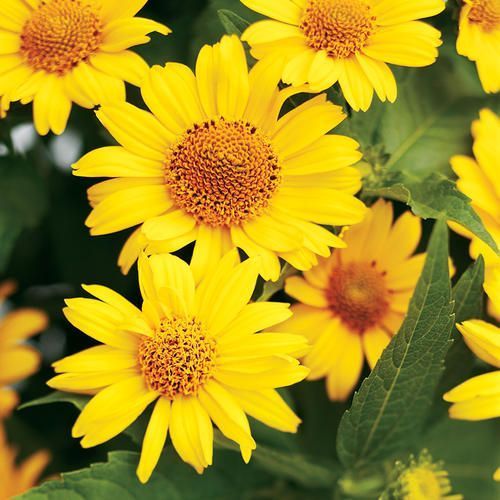
False Sunflower (Heliopsis helianthoides)
- Blooms : Summer
- Size : Up to 5 feet tall
- Light Requirement : Sun, Part Shade
- Soil Types : Dry, sandy soils
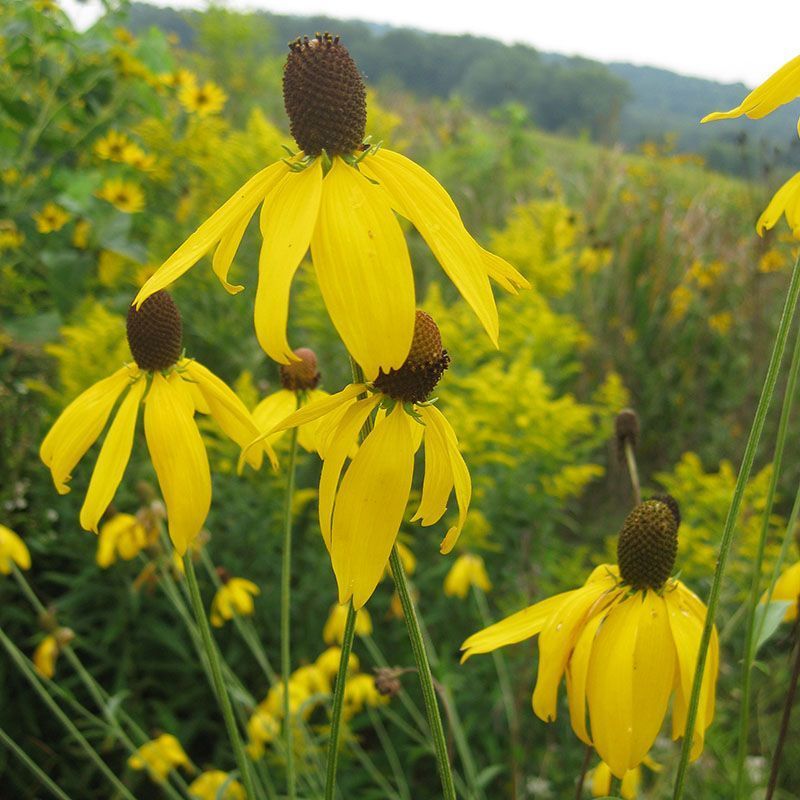
Prairie Coneflower (Ratibida pinnata)
- Blooms : Spring into fall
- Size : Up to 5 feet tall
- Light Requirement : Sun, Part shade
- Soil Types : Dry to moist
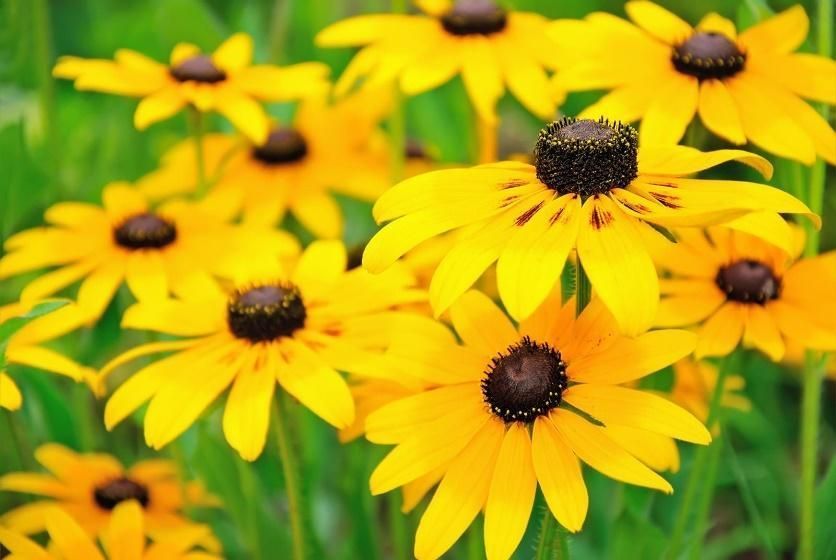
Black-eyed Susan (Rudbeckia hirta)
- Blooms : Spring to Fall
- Size : Up to 3 feet tall
- Light Requirement : Sun
- Soil Types : Dry to moist
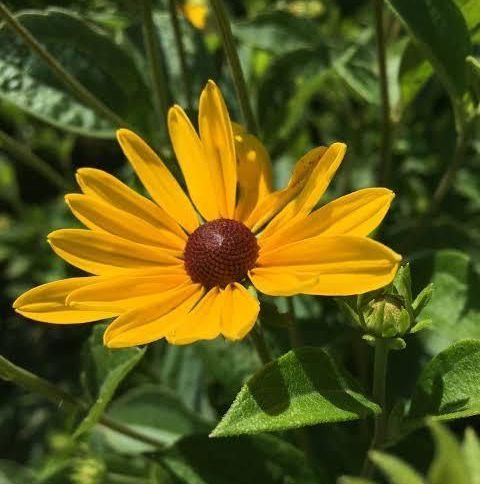
Sweet Coneflower (Rudbeckia subtomentosa)
- Blooms : Summer into fall
- Size : Up to 6 feet tall
- Light Requirement : Part Shade
- Soil Types : Moist
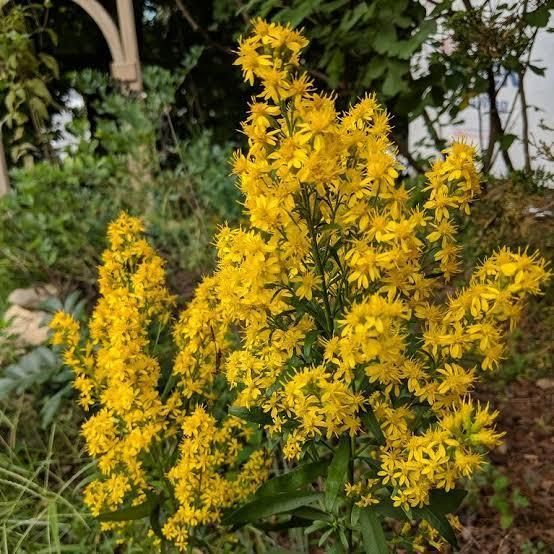
Showy Goldenrod (Solidago speciosa)
- Blooms : Fall
- Size : Up to 6 feet tall
- Light Requirement : Part Shade
- Soil Types : Moist
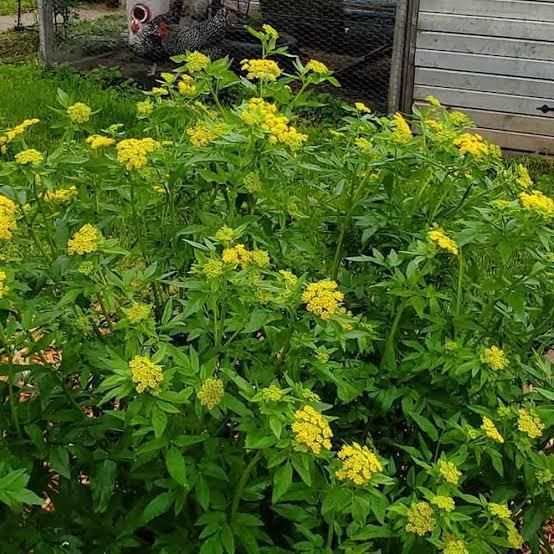
Golden Alexander
(Zizia aurea)
- Blooms : Spring into Summer
- Size
: Up to 3 feet tall
- Light Requirement : Sun, Part Shade
- Soil Types : Moist
This list is a great start when looking at incorporating native flowers into your landscape plans. Adding these plants will be a great start to attracting butterfly’s’, supporting bee populations, and bringing a splash of color to your yard! If you would like to have one our experienced representatives, come out and walk through your property to help create a plan for installing new plantings, you can
follow this LINK
to set up a consultation.
For more great information, check out our page on Pollination gardens and bee friendly lawns
If you like more information on any of these varieties listed or would like to learn more about native plantings follow the links below:
For more great information, check out our page on Pollination gardens and bee friendly lawns
If you like more information on any of these varieties listed or would like to learn more about native plantings follow the links below:










